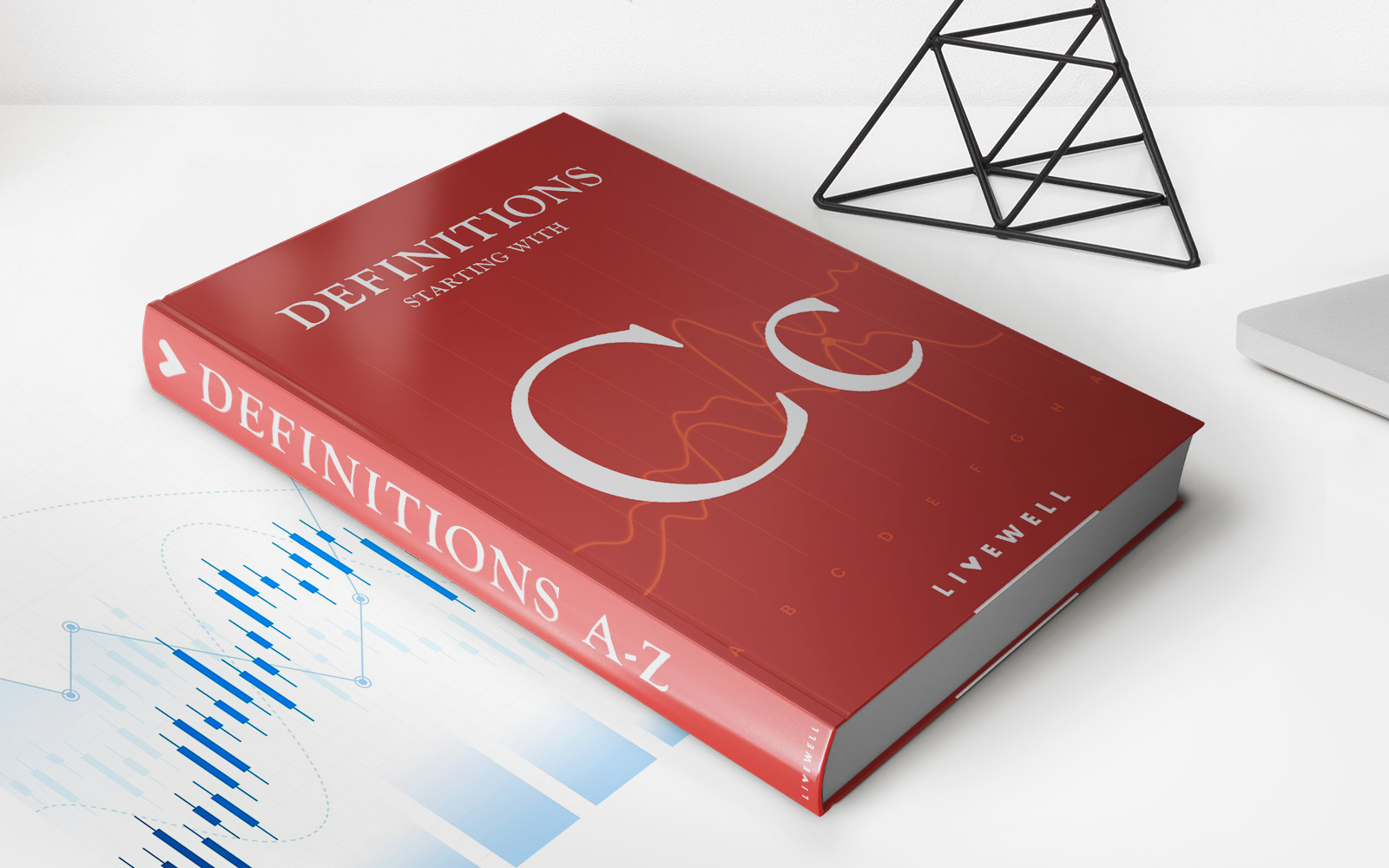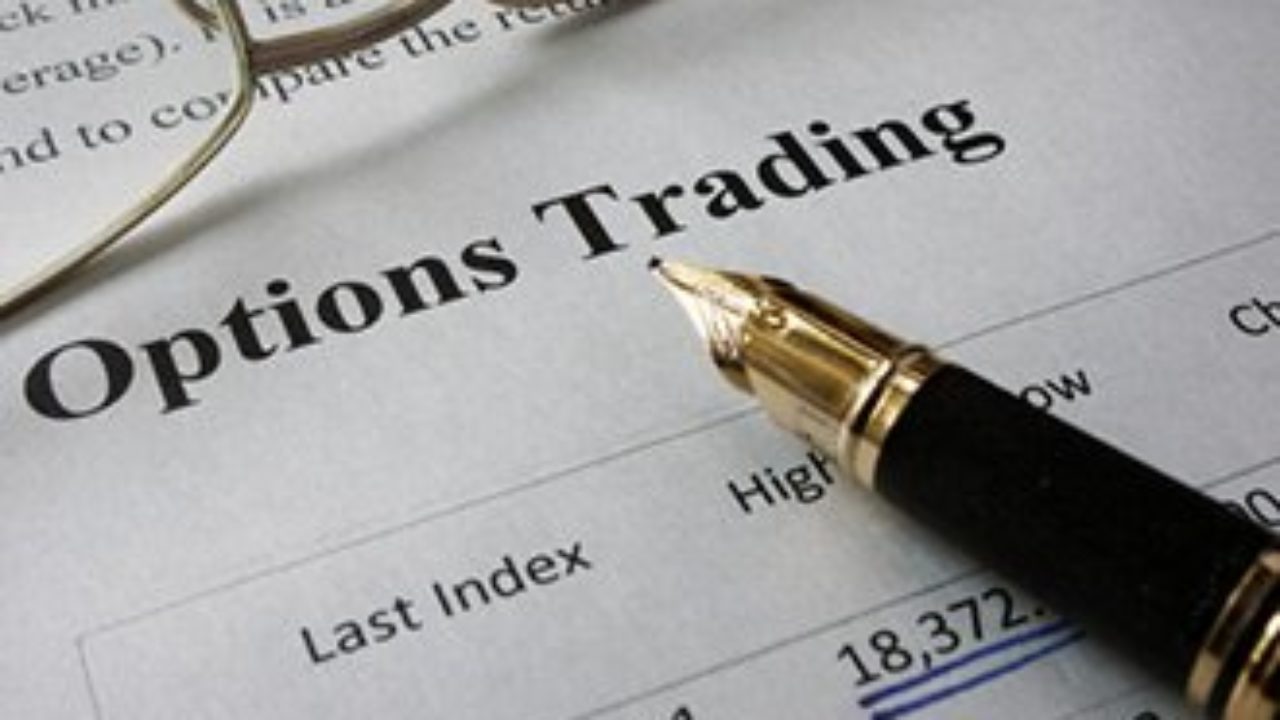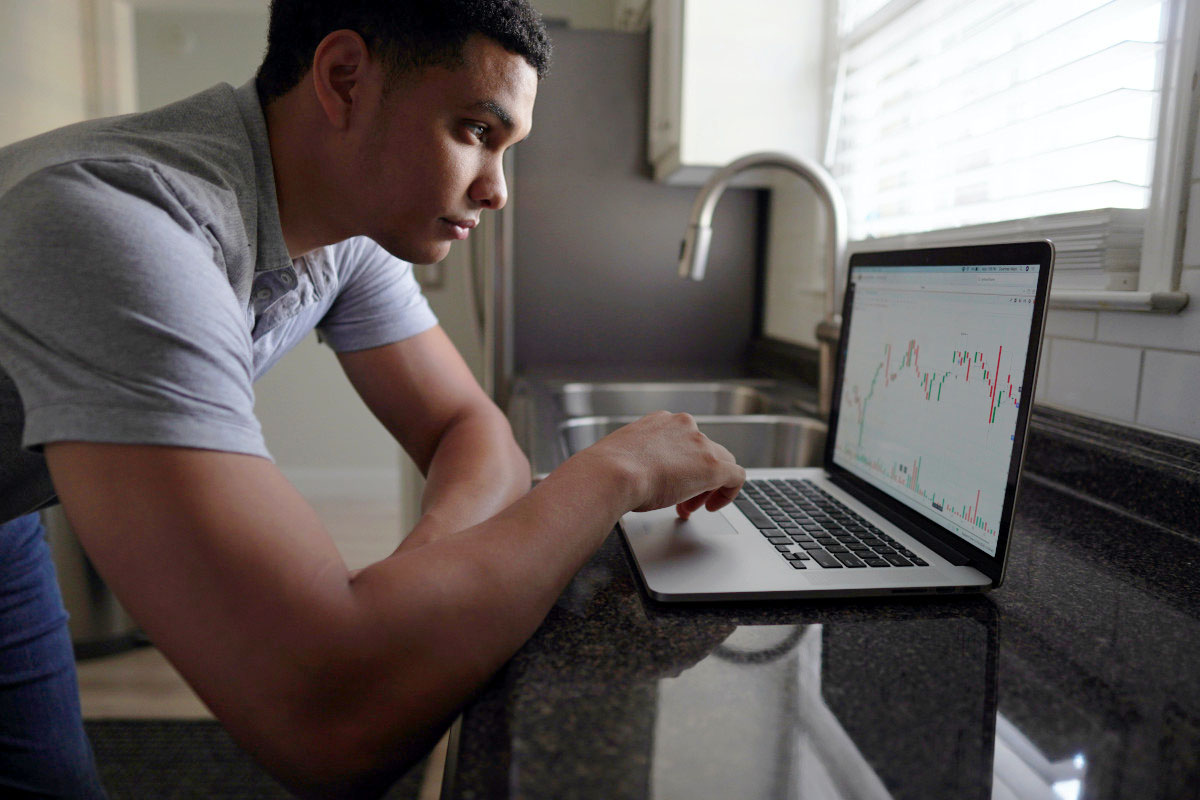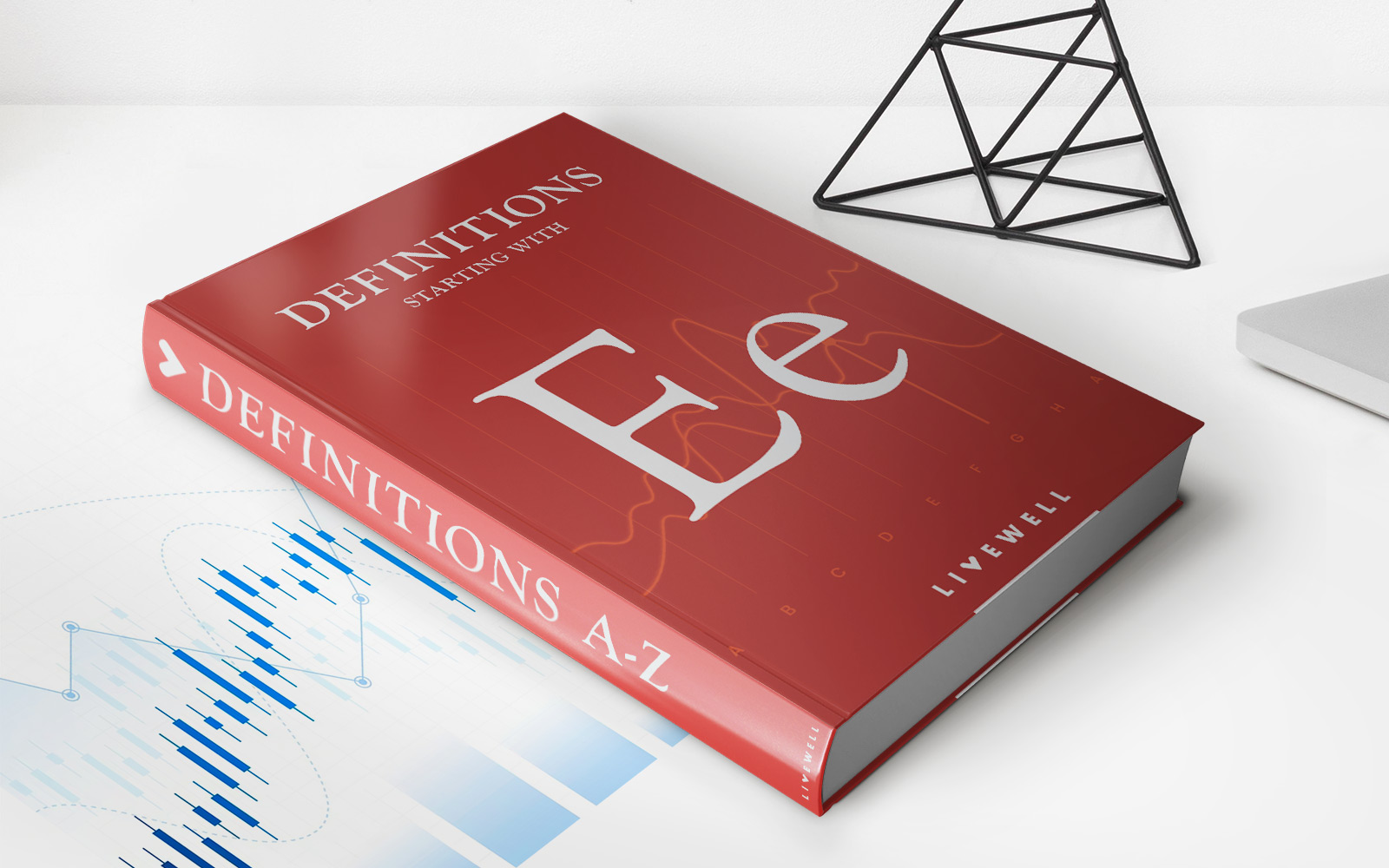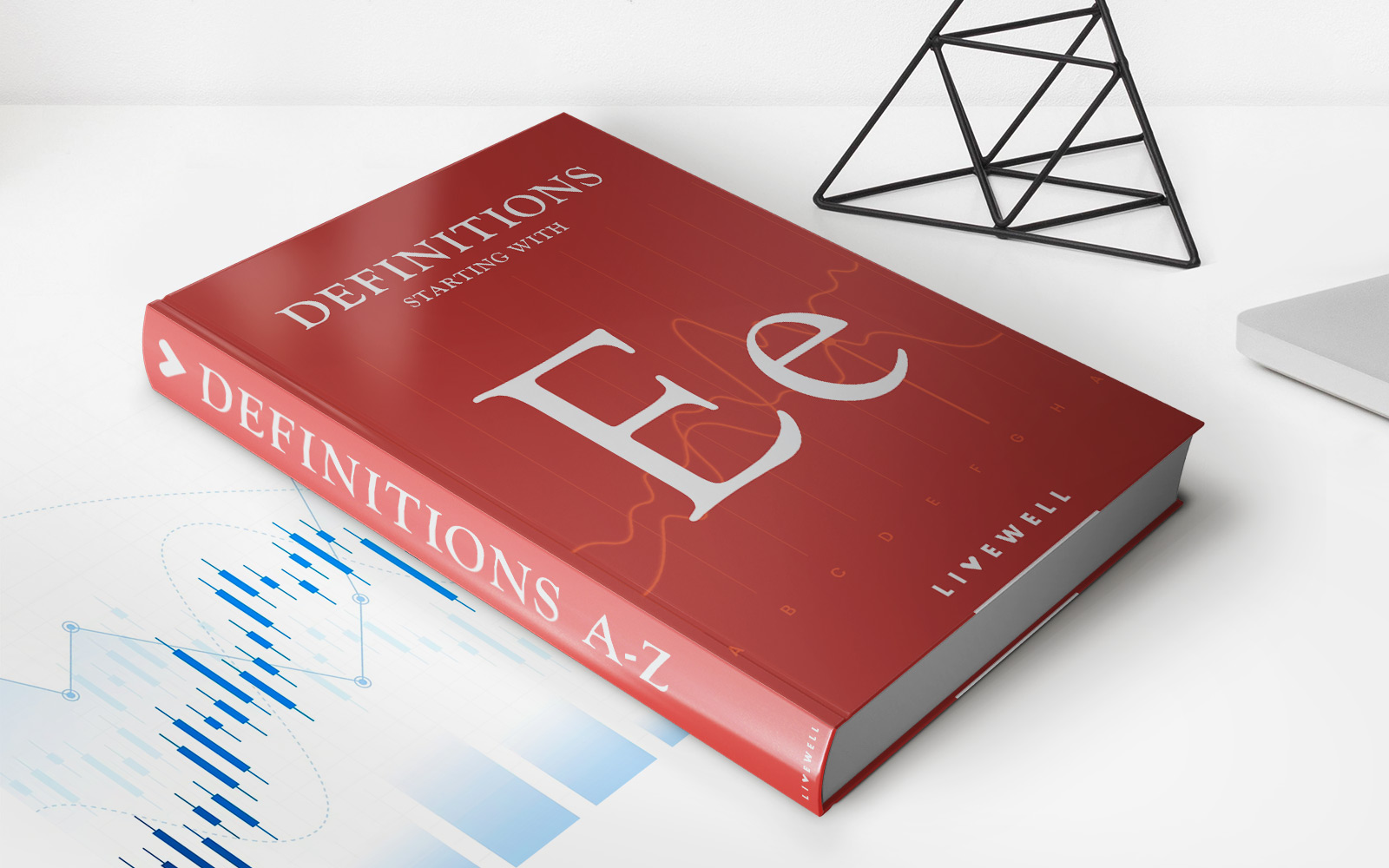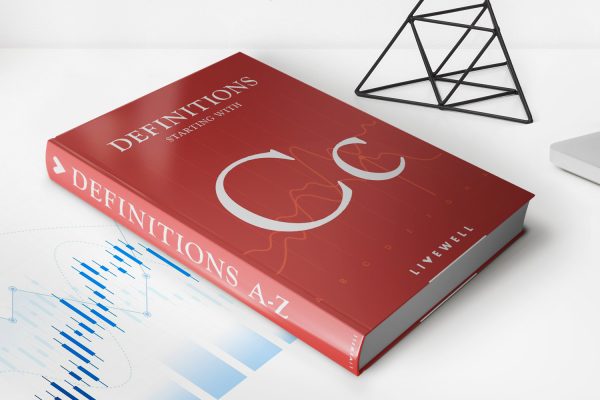

Finance
How Many Options Contracts Get Exercised?
Published: February 28, 2024
Discover how options contracts are exercised in the world of finance. Learn about the factors affecting the exercise of options and its impact.
(Many of the links in this article redirect to a specific reviewed product. Your purchase of these products through affiliate links helps to generate commission for LiveWell, at no extra cost. Learn more)
Table of Contents
Understanding Options Contracts Exercise Rates
Introduction
Options contracts are versatile financial instruments that provide investors with the right, but not the obligation, to buy or sell an underlying asset at a predetermined price within a specified time frame. The decision to exercise an options contract depends on various factors, including the price of the underlying asset, market conditions, and the time remaining until the contract's expiration. Understanding the exercise rates of options contracts is crucial for investors and traders, as it can impact their trading strategies and overall risk management.
In this article, we will delve into the intricacies of options contracts exercise rates, exploring the factors that influence the decision to exercise, and examining the trends in exercise rates across different market conditions. By gaining insights into the exercise rates of options contracts, investors can make more informed decisions and navigate the complexities of the derivatives market with greater confidence.
Options contracts are widely used for hedging, speculation, and generating income. The two primary types of options contracts are call options, which provide the right to buy the underlying asset, and put options, which grant the right to sell the underlying asset. The exercise of an options contract refers to the act of utilizing the rights conferred by the contract. However, it is important to note that not all options contracts are exercised; in fact, a significant portion expire without being exercised.
Throughout this article, we will explore the dynamics that drive the exercise rates of options contracts, shedding light on the key considerations that investors should bear in mind when trading these financial instruments. Additionally, we will analyze historical exercise rate trends and their implications for market participants. By gaining a comprehensive understanding of options contracts exercise rates, investors can refine their trading strategies and optimize their risk-return profiles in the derivatives market.
In the following sections, we will delve into the fundamental principles of options contracts, the factors that influence the decision to exercise, and the trends in exercise rates, providing valuable insights for investors and traders seeking to navigate the complexities of the derivatives market.
Understanding Options Contracts
To comprehend options contracts exercise rates, it is essential to grasp the fundamental characteristics of these financial instruments. Options contracts provide the holder with the right, but not the obligation, to buy or sell an underlying asset at a predetermined price, known as the strike price, within a specified time frame, termed the expiration date. This flexibility to buy or sell an asset at a predetermined price within a defined time horizon makes options contracts a powerful tool for managing risk and generating returns in the financial markets.
There are two primary types of options contracts: call options and put options. A call option grants the holder the right to buy the underlying asset at the strike price before the expiration date, while a put option provides the holder with the right to sell the underlying asset at the strike price within the specified time frame. The price at which the underlying asset can be bought or sold is known as the strike price, and it plays a pivotal role in determining the exercise decision of options contracts.
Options contracts have an expiration date, beyond which the rights conferred by the contract cease to exist. The time remaining until the expiration date, also known as the time to expiration, influences the value and exercise potential of options contracts. Additionally, the price of the underlying asset, market volatility, interest rates, and dividend yields are among the key factors that impact the pricing and exercise dynamics of options contracts.
Furthermore, options contracts are traded on organized exchanges, such as the Chicago Board Options Exchange (CBOE) and the International Securities Exchange (ISE), as well as in over-the-counter (OTC) markets. The liquidity and trading volume of options contracts can vary based on the underlying asset, market conditions, and investor sentiment, thereby influencing the exercise rates and pricing efficiency of these derivatives.
By understanding the fundamental principles of options contracts, investors can evaluate the exercise potential and risk-return characteristics of these financial instruments. The interplay between the strike price, expiration date, underlying asset price, and market conditions shapes the exercise rates of options contracts, underscoring the importance of comprehensive analysis and strategic decision-making in options trading.
As we delve deeper into the dynamics of options contracts exercise rates, it is imperative to consider the multifaceted factors that drive the exercise decisions of investors and the evolving trends in exercise rates across different market environments.
Factors Influencing Exercise
The decision to exercise an options contract is influenced by a myriad of factors that encompass the intrinsic and extrinsic characteristics of the contract, as well as the prevailing market conditions. Understanding these factors is crucial for investors and traders seeking to optimize their options trading strategies and effectively manage their risk exposure.
One of the primary determinants of options exercise is the relationship between the strike price of the contract and the current market price of the underlying asset. For call options, the exercise decision is influenced by whether the market price of the underlying asset exceeds the strike price. Conversely, for put options, the exercise potential is contingent upon the market price falling below the strike price. This interplay between the strike price and the market price of the underlying asset shapes the intrinsic value of the options contract and impacts the likelihood of exercise.
Moreover, the time remaining until the expiration date of the options contract, known as the time to expiration, plays a pivotal role in the exercise decision. As the expiration date approaches, the time value of the options contract diminishes, influencing the exercise potential. Investors must assess the time decay dynamics and its impact on the exercise rates, particularly as the expiration date draws near.
Market volatility is another critical factor that influences the exercise rates of options contracts. Heightened volatility can increase the likelihood of options exercise, as rapid price movements in the underlying asset can amplify the intrinsic value of the contract. Conversely, during periods of low volatility, the exercise potential may diminish, as the options contract’s intrinsic value is less influenced by market fluctuations.
Interest rates and dividend yields also contribute to the exercise dynamics of options contracts. For instance, the presence of dividends in the underlying asset can impact the exercise decision for options contracts, particularly for call options. Additionally, changes in interest rates can influence the time value component of options contracts, thereby affecting the exercise rates in the derivatives market.
Furthermore, investor sentiment, macroeconomic indicators, and geopolitical developments can impact the exercise rates of options contracts, reflecting the intricate interplay between market conditions and the decision-making process of market participants. By evaluating these multifaceted factors, investors can gain valuable insights into the exercise potential of options contracts and adapt their trading strategies to dynamic market environments.
As we explore the factors influencing options exercise, it becomes evident that a comprehensive understanding of these dynamics is essential for investors and traders aiming to navigate the complexities of the derivatives market and capitalize on the opportunities presented by options contracts.
Exercise Rate Trends
Examining the exercise rate trends of options contracts provides valuable insights into the evolving dynamics of the derivatives market and the shifting patterns of investor behavior. These trends offer a glimpse into the exercise decisions of market participants across different market conditions, shedding light on the impact of factors such as market volatility, underlying asset price movements, and macroeconomic developments on options exercise rates.
Historically, options exercise rates have exhibited distinct patterns in response to market fluctuations and prevailing economic conditions. During periods of heightened market volatility, the exercise rates of options contracts often experience an uptick, driven by increased hedging activities and speculative positioning by market participants. The amplification of market price movements during volatile periods can elevate the intrinsic value of options contracts, influencing the decision to exercise and capitalize on favorable market trends.
Moreover, the relationship between the exercise rates of call options and put options can offer valuable insights into market sentiment and directional biases. Disparities in exercise rates between call and put options can signal prevailing market expectations and the sentiment of options traders regarding the future price movements of the underlying asset. Analyzing these trends can provide investors with a nuanced understanding of market sentiment and the positioning of market participants in the options market.
Additionally, the exercise rate trends of options contracts can be influenced by macroeconomic indicators, monetary policy decisions, and geopolitical events. Changes in interest rates, inflation expectations, and geopolitical tensions can impact market volatility and investor risk appetite, thereby influencing the exercise rates of options contracts across various asset classes.
Furthermore, advancements in financial technology and the proliferation of algorithmic trading have contributed to the evolving exercise rate trends in the options market. The automation of trading strategies and the utilization of complex derivatives instruments have reshaped the exercise dynamics of options contracts, underscoring the need for investors to adapt to the changing landscape of the derivatives market.
By monitoring exercise rate trends and discerning the underlying drivers of these trends, investors can refine their options trading strategies, mitigate risk exposure, and capitalize on opportunities presented by evolving market conditions. The analysis of exercise rate trends serves as a valuable tool for market participants, enabling them to make informed decisions and navigate the complexities of the derivatives market with precision and agility.
As exercise rate trends continue to evolve in response to dynamic market conditions and technological advancements, investors and traders must remain vigilant in assessing these trends and leveraging them to optimize their options trading strategies and risk management approaches.
Conclusion
The exercise rates of options contracts are influenced by a multitude of factors, encompassing the intrinsic characteristics of the contracts, market conditions, and the evolving dynamics of the derivatives market. Understanding these exercise rate trends is paramount for investors and traders seeking to navigate the complexities of options trading and optimize their risk-return profiles in the financial markets.
Options contracts provide market participants with a versatile tool for managing risk, generating returns, and expressing market views. The interplay between the strike price, time to expiration, market volatility, interest rates, and underlying asset price movements shapes the exercise rates of options contracts, reflecting the intricate decision-making process of investors and the impact of dynamic market conditions.
As exercise rate trends continue to evolve in response to market fluctuations and technological advancements, investors must remain attuned to these trends and leverage them to refine their options trading strategies. The analysis of exercise rate trends offers valuable insights into market sentiment, directional biases, and the positioning of market participants in the derivatives market, empowering investors to make informed decisions and adapt to dynamic market environments.
Furthermore, the historical patterns of exercise rates during periods of market volatility and macroeconomic developments underscore the resilience and adaptability of options contracts as risk management tools. By assessing exercise rate trends and discerning the underlying drivers of these trends, investors can optimize their risk management approaches and capitalize on opportunities presented by evolving market conditions.
In conclusion, the exercise rates of options contracts encapsulate the collective decisions and expectations of market participants, reflecting the intricate interplay between market conditions, investor sentiment, and the intrinsic characteristics of options contracts. By gaining a comprehensive understanding of exercise rate trends, investors can refine their options trading strategies, mitigate risk exposure, and navigate the derivatives market with precision and agility, thereby enhancing their overall trading performance and risk management capabilities.



